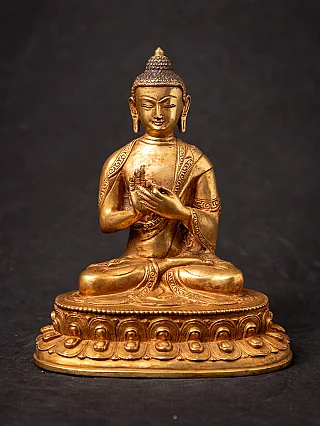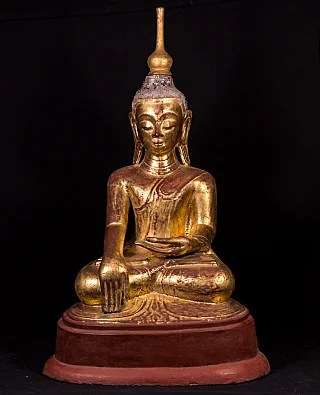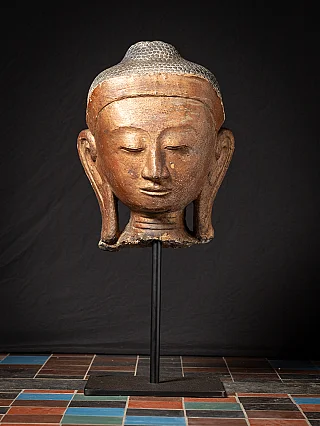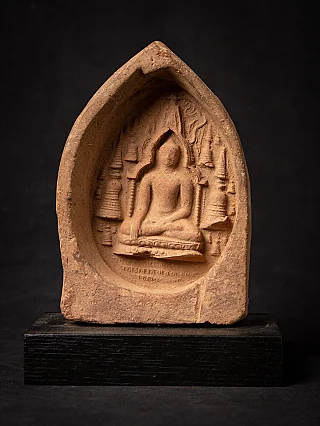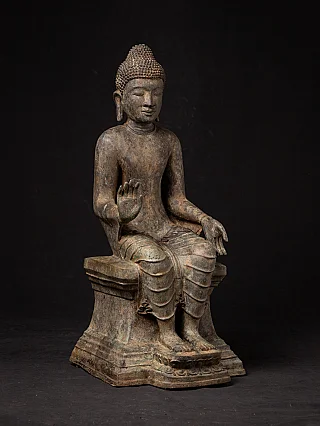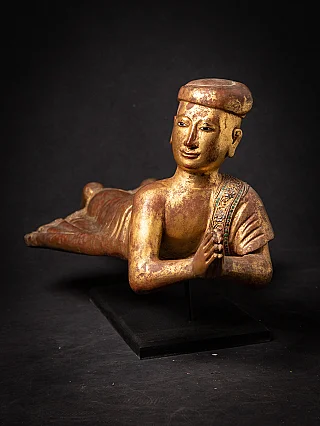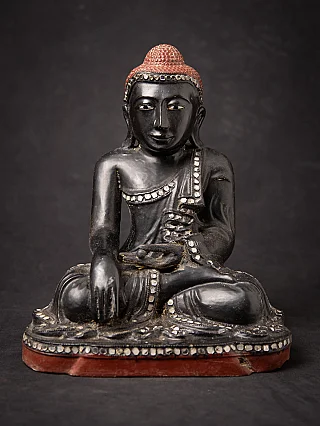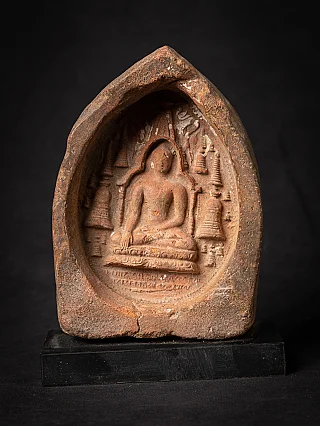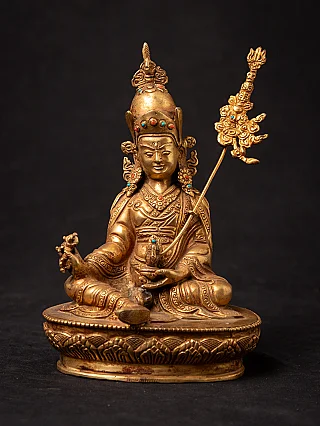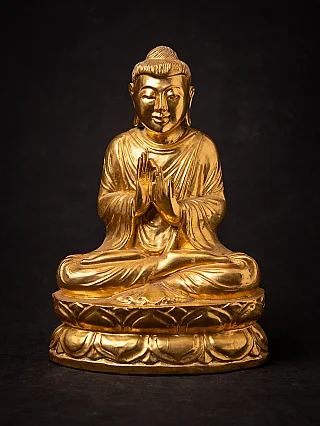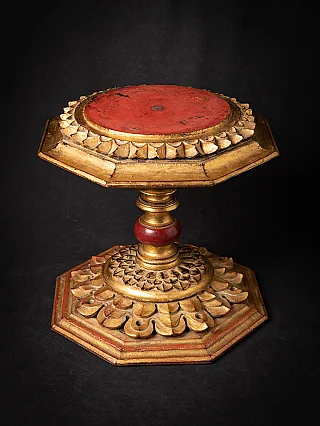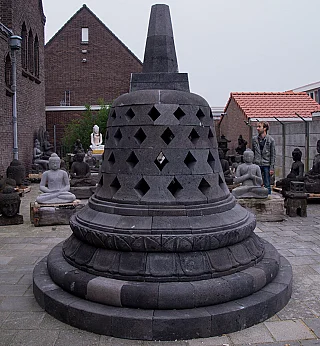Understanding the Difference Between Hindu and Buddhist Deity Statues
Author : Peter Vredeveld
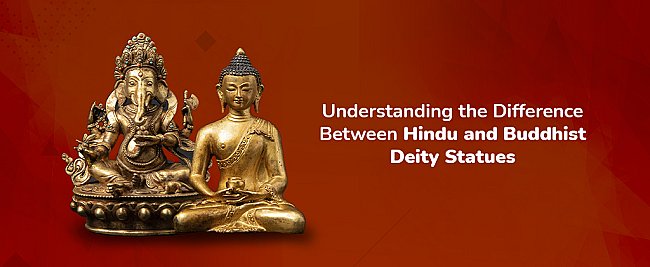
Religious statues are a significant aspect of both Hinduism and Buddhism, two of the world’s oldest and most influential religions originating from the Indian subcontinent. Although both traditions share some cultural and historical roots, their deity statues display distinct characteristics that reflect their unique theological beliefs, cultural contexts, and artistic styles. Understanding the differences between Hindu and Buddhist statues is crucial for scholars, collectors, and enthusiasts who seek to appreciate the symbolic meanings and spiritual significance inherent in these sacred artworks.
Historical and Religious Context
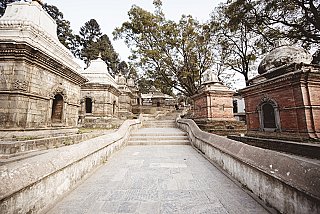
Hinduism is a diverse and complex religion with a rich pantheon consisting of thousands of gods and goddesses. Each deity represents different cosmic forces, moral principles, and aspects of human life. Hindu statues typically serve as objects of veneration and worship, playing an essential role in temple rituals, festivals, and daily devotional practices.
Buddhism, founded by Siddhartha Gautama (known as the Buddha) in the 5th or 6th century BCE, focuses on the spiritual journey toward enlightenment and liberation from suffering. Buddhist statues generally depict the historical Buddha or bodhisattvas—beings who have attained enlightenment but choose to remain engaged in the world to help others reach liberation. Rather than being worshipped as gods, these figures serve as meditative aids, visual reminders of Buddhist teachings, and symbols of compassion and wisdom.
Visual and Symbolic Differences
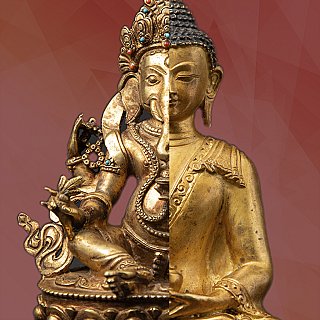
Hindu Deity Statues
Hindu statues are typically highly detailed and rich with symbolic elements. Their design communicates the mythology and divine qualities of the represented gods and goddesses.
- Multiple Limbs and Heads: Many Hindu deities are portrayed with multiple arms or heads. This is symbolic rather than literal, representing their supernatural power and ability to perform many cosmic functions simultaneously. For example, the goddess Durga is often shown with eight or ten arms holding weapons to defeat evil forces.
- Symbolic Objects: The hands of Hindu statues typically carry specific items, such as the trident (associated with Shiva), the discus and conch shell (traditionally associated with Vishnu), or lotus flowers (usually associated with Lakshmi). Each object holds deep mythological meaning and conveys aspects of the deity’s power, virtues, or role.
- Ornate Adornment: These statues are frequently decorated with elaborate crowns, necklaces, bracelets, and flowing garments. This ornamentation indicates divine status and emphasizes the majestic and transcendent nature of the gods.
- Expressive Faces: The facial expressions in Hindu statues range widely, from gentle and benevolent to fierce and wrathful, reflecting the diverse roles the deities play—from protector to destroyer.
- Iconic Figures: Among the most commonly depicted are Shiva (the destroyer and transformer), Vishnu (the preserver), Lakshmi (goddess of wealth), Saraswati (goddess of knowledge), and Ganesha (remover of obstacles).
Buddhist Deity Statues
In contrast, Buddhist statues emphasize serenity, spiritual symbolism, and the qualities of enlightenment.
- Calm and Peaceful Expressions: Buddha statues typically exhibit gentle, serene facial expressions with eyes half-closed or fully closed, representing deep meditation and inner peace.
- Mudras (Hand Gestures): The hand positions, or mudras, are highly significant in Buddhist iconography. For example, the Dhyana Mudra (hands resting in the lap) symbolizes meditation, the Abhaya Mudra (raised right hand) conveys fearlessness and protection, and the Bhumisparsha Mudra (touching the earth) represents the Buddha’s enlightenment.
- Simple Robes: Buddhist statues are generally dressed in plain monk robes, symbolizing renunciation and simplicity.
- Distinctive Features: Certain physical marks distinguish Buddha statues. These include elongated earlobes (signifying royal origins and wisdom), the cranial bump known as ushnisha (representing spiritual knowledge), and the urdhva (a dot on the forehead) symbolizing divine vision.
- Familiar Figures: The primary figure is the historical Buddha, depicted in various poses, including sitting, standing, and reclining. Bodhisattvas, such as Avalokiteshvara, who represent compassion, are also widely depicted.
Similar Symbols in Hinduism and Buddhism
Both Hinduism and Buddhism share several symbolic elements, including the lotus flower, the wheel (chakra), and sacred animals, which can sometimes lead to confusion in identifying statues. The lotus, for example, symbolizes purity and spiritual awakening in both traditions.
Regional cultures, especially in Nepal, Tibet, and parts of India, have produced statues that exhibit blended features from both religions. For example, Nepalese Buddhist statues are often crafted from bronze with fire-gilded surfaces and inlaid gemstones, displaying intricate artistry. Conversely, Indian Hindu statues commonly feature vibrant colors, elaborate carvings, and a wider range of facial expressions.
The shared cultural environment in these regions has led to a cross-pollination of artistic motifs, making it essential to consider provenance, iconography, and context when identifying statues.
Devotional Use and Traditions
The functional roles of statues in Hinduism and Buddhism differ due to their distinct religious teachings and practices.
- Hindu Statues: These are primarily worshipped as manifestations of divine energy. Devotees perform rituals such as offerings of flowers, incense, and food. Statues serve as focal points for prayers, festivals, and spiritual ceremonies intended to invoke the presence and blessings of the gods.
- Buddhist Statues: While venerated, Buddhist statues mainly serve as objects for contemplation and meditation. They inspire mindfulness and help practitioners focus on the Buddha’s teachings, compassion, and the path to enlightenment. The emphasis is less on divine intervention and more on personal spiritual development.
Summary of Key Differences
Religious Purpose:
- Hindu Statues: Objects of worship and ritual devotion
- Buddhist Statues: Meditative aids and spiritual symbols
Arms and Heads:
- Hindu Statues: Often multiple to signify divine power
- Buddhist Statues: Usually single, emphasizing simplicity
Facial Expression:
- Hindu Statues: Wide range — benevolent, joyful, fierce, or wrathful
- Buddhist Statues: Calm, serene, and meditative
Clothing and Adornment:
- Hindu Statues: Elaborate crowns, jewelry, and decorative robes
- Buddhist Statues: Simple monk robes, minimal ornamentation
Symbolic Features:
- Hindu Statues: Weapons, lotuses, tridents, conch shells, etc.
- Buddhist Statues: Mudras (hand gestures), ushnisha (cranial bump), urna (forehead dot), elongated ears
Familiar Figures:
- Hindu Statues: Shiva, Vishnu, Lakshmi, Saraswati, Ganesha
- Buddhist Statues: Buddha, Avalokiteshvara, Manjushri, Tara
Share this page

















